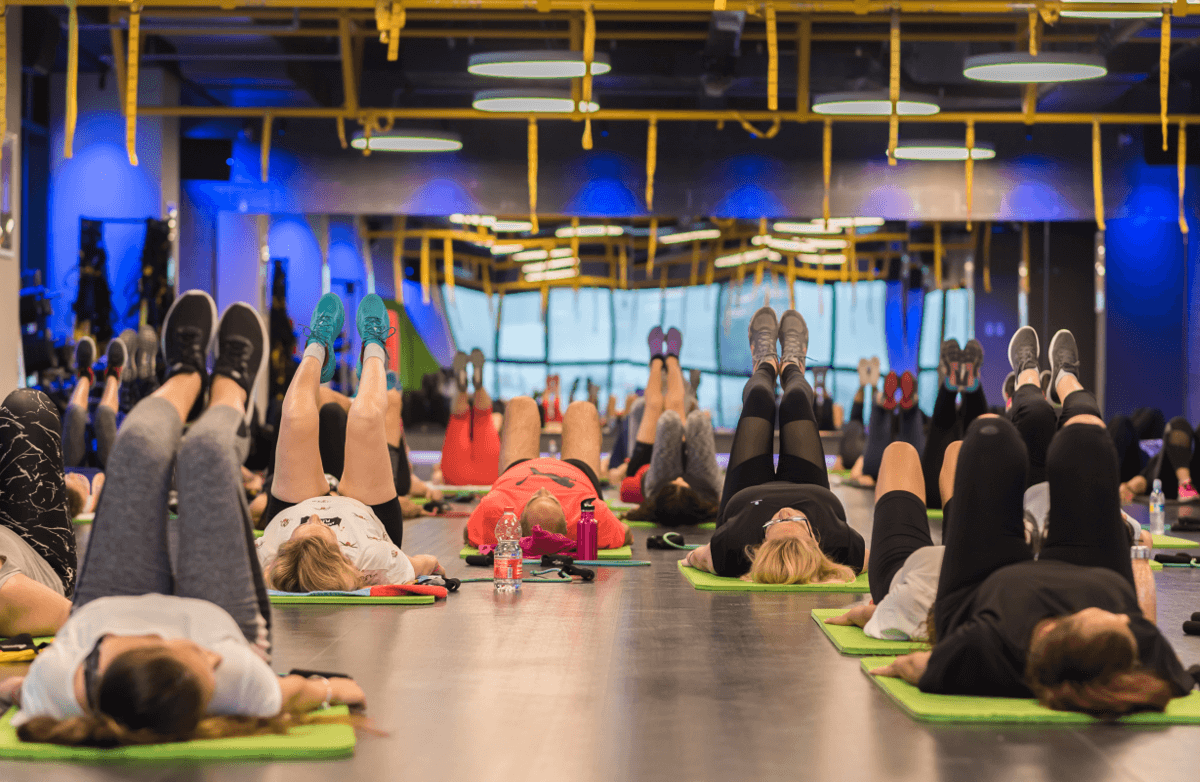|
I don’t know about you, but for the past several years clothes shopping has become more of a headache than the nice enjoyable activity it once was. Sadly, for me the fun is long gone and is replaced with countless hours of frustrations. There was once a time I could go into any store, pick something right off the rack, make a purchase and go home. But not today. That would be too easy. Like a hunter searching for his prey, I head out early in the morning just as the stores are opening while I still have the energy for what I presume to be a day long mission. After trying pants after pants, hour after hour, store after store, I find myself literally worn out heading home more times than not dejected and empty handed. While the styles and trends do count for many of my frustrations--I am not a BIG fan of the low rise trend--just finding a size has become a chore. In one store I can easily be a size 4, in another a size 6, and yet another I could wear a size 8. And let’s not even talk about online purchases without knowing beforehand my size in a store. Why is that? Well the answer lies within a sales tactic that clothing manufacturers discreetly call vanity sizing. So what exactly is vanity sizing and how did it come to be? Knowing how women are glued to being a certain size, the clothing manufacturers researched and learned that women like being a smaller size. As a consequence, the manufacturers discovered that women are willing to spend more money just to have a smaller size on a tag. In other words if you have two pairs of identical jeans with the same identical waist measurements--one store labels it a size 10 priced for $20 and another store labels it a size 6 for $50, according to the research, more of us would choose the latter just to have the smaller size in our closet. This trend is especially more prevalent in higher end stores where sizes tend to run smaller even though they are the exact numeric size as their less expensive counterparts. Because there is no industry standard, we, as women, must succumb to the scrutiny of looking high and low for the perfect size in EACH individual store. As a result, when I find the size I can wear at that particular store, I come home and put all the data in an Excel spreadsheet. So the next time I am in search of the perfect pant, jean, blouse, etc. all I have to do is pull out my handy-dandy cheat sheet and just pray that the clothing manufacturers haven’t decided to re-vanity size their items since my last shopping escapade. I would like to believe I am one standard size, as it was in days of my youth, but that is now a thing of the past. This is one reason why we, as women, need to liberate ourselves from the size on the tag and just buy what fits regardless of the games the manufacturers are willing to play. Would you spend more money just to have a smaller tag on an article of clothing? How much more would you be willing to spend for that smaller size tag? Do you find it frustrating that there is no standard sizing between stores? |
More From SparkPeople
|















